- Overview
- Causes, Risks & Prevention
- Symptoms & Types
- Tests & Diagnosis
- Your Cancer Care Team
- Treatment & Side Effects
- Treatment Support
- Living With
- Remission & Recurrence
- Support & Resources
- Appointment Prep
- View Full Guide
Cancer Treatment Types

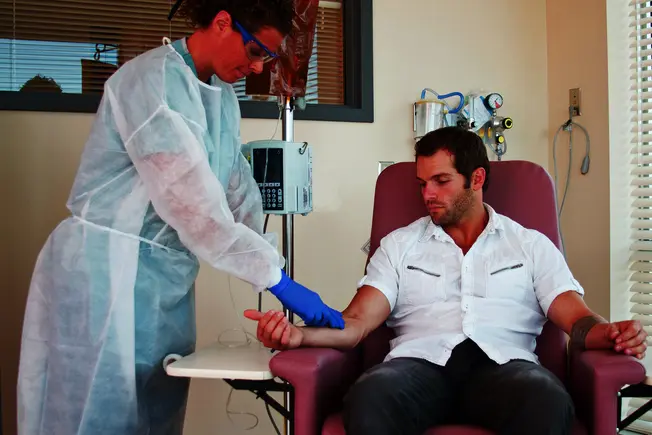
Chemotherapy (Chemo)
This strong medication keeps cancer from spreading, makes it grow slower, or even kills cancer cells. It can cause side effects because it kills cells in your body that grow quickly, including those in your blood, mouth, digestive system, and hair follicles. There are over 100 types of chemo drugs. Your doctor will choose the one that’s best for your type of cancer. You may take it as a pill or capsule, rub it into your skin as a cream, or get it as an injection or IV at home or in the hospital.
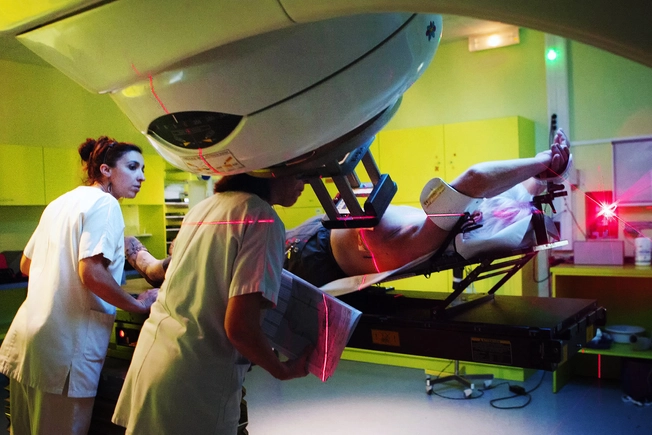
External Beam Radiation
This treatment attacks cancer cells with high-energy particles (proton or particle therapy) or waves (X-rays). It kills or damages cells in one specific area instead of throughout your whole body. The most common type comes from a machine outside your body. It’s called external-beam radiation.

Internal Radiation
You’ll probably hear your doctor call it brachytherapy. They’ll put radioactive implants about the size of a grain of rice inside your body where the tumor is. The radiation kills the cancer cells. This treatment makes you radioactive for a while, so you may have to avoid other people until it’s finished.
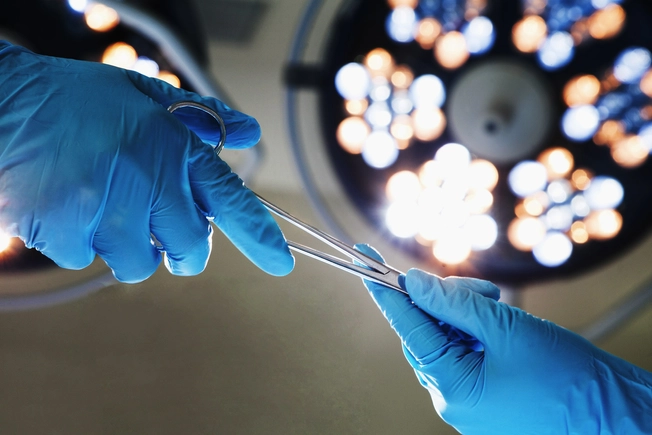
Open Surgery
Treating cancer with surgery works best if you have a solid tumor in one area. It often can’t treat cancer that has spread or cancer that’s in your blood, like leukemia. The surgeon makes a cut in your skin with a scalpel or other sharp tool and removes as much of the tumor as possible. They may also take out lymph nodes and other tissues for testing. This is called open surgery.
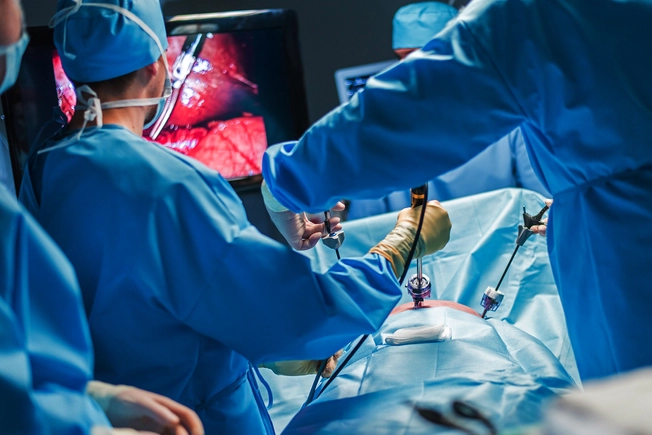
Minimally Invasive Surgery
The goal for this procedure is the same as open surgery: to remove tumors, and also tissues and lymph nodes if needed. Instead of one large cut, the surgeon makes several small ones. They put a tube with a tiny camera into one cut to see inside your body, and tools into the others. This is called laparoscopic surgery. It usually has a shorter recovery time than open surgery.
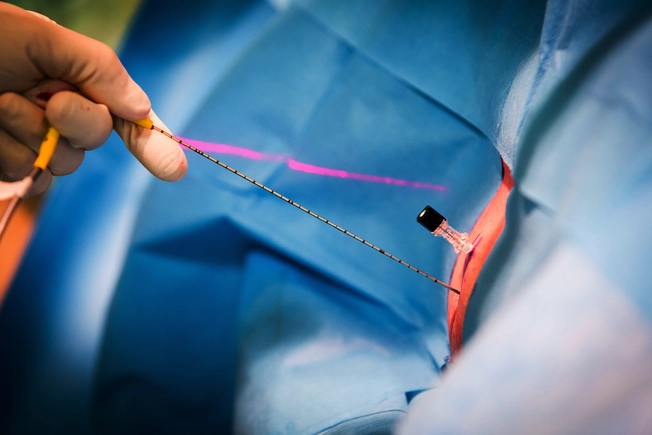
Other Surgeries
Cryosurgery uses very cold nitrogen or argon gas to freeze off abnormal tissue. It can treat some early skin cancers, retinoblastoma, and precancerous spots on your skin or cervix.
Photodynamic therapy is a laparoscopic surgery that puts drugs near tumors. Light activates the medicine, and it kills cancer cells.
Laser surgery uses strong beams of light to cut into your skin. It’s good for very tiny areas. Lasers can also sometimes shrink tumors.
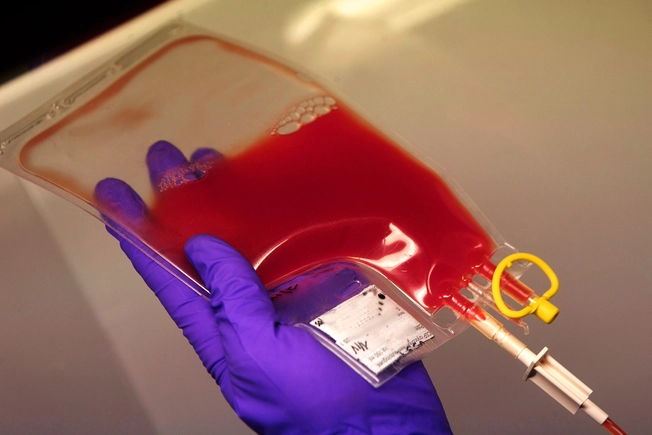
Stem Cell Transplant
These are cells in your blood and bone marrow that haven’t matured into their final form. The doctor uses them to replace cells in your bone marrow that other treatments kill. That means you can get higher doses of those therapies. Sometimes, stem cells can find and kill cancer cells. You get stem cell transplants through a catheter, much like a blood transfusion.
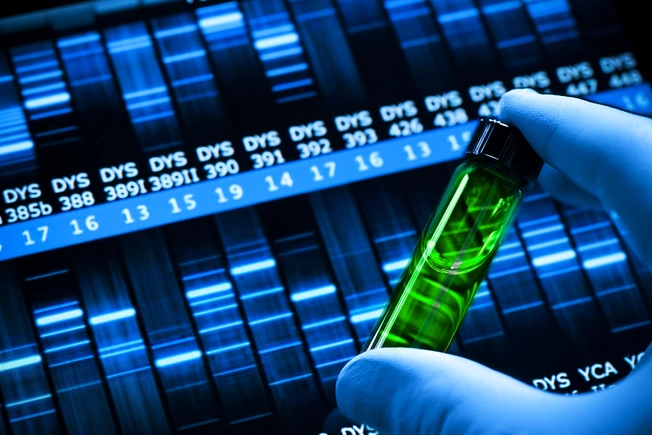
Precision Medicine
This new field, also called personalized medicine, uses your genetic makeup and other things to find out the best treatment for your cancer. In the “one-size-fits-all” model, your doctor chooses the option that works best on most cancers like yours. Precision medicine helps take some of the guesswork out of the selection process. It isn’t used widely for all forms of the disease. Many people who get it are part of clinical trials.

Targeted Therapies
These are usually paired with other treatments. They’re strong medicine, like chemotherapy, but instead of killing all fast-growing cells, they home in on the parts of cancer cells that make them different from other cells. Targeted drugs do things like stop blood vessels from growing around cancer cells or turn off signals that tell cancer cells to grow. They can also tell your immune system to destroy them or change their proteins so they die.

Hormone Therapy
Also called endocrine therapy, it targets cancers that use hormones to grow. There are two kinds of this therapy: one that stops you from making hormones, and one that keep hormones from working the way they should. You can either take them as pills or get them through a shot. Sometimes you may get surgery to remove an organ that makes hormones, like ovaries or testicles. Doctors use hormone therapy with other methods to shrink tumors before surgery or treatment, or to kill cancer cells that have spread to other parts of your body. It can also lower the chances that your cancer will return.

Gene Therapy
This treatment uses a special carrier, usually a virus, to put RNA or DNA into your living cells. Your doctor will either remove some of your cells and put the genetic materials into them in a lab or give you the carrier directly. The changed cells then either kill cancer cells, slow their growth, or help healthy cells fight cancer better. Doctors don’t use this method widely yet, but several types of gene therapies are available for certain diseases.

Immunotherapy
This type of biological therapy, or biotherapy, uses your immune system to fight the cancer. It either boosts your immune system or marks cancer cells so your immune system can find and destroy them more easily. You get it by mouth as a pill, into a vein as an IV, by rubbing a cream into your skin, or through a catheter directly into your bladder.
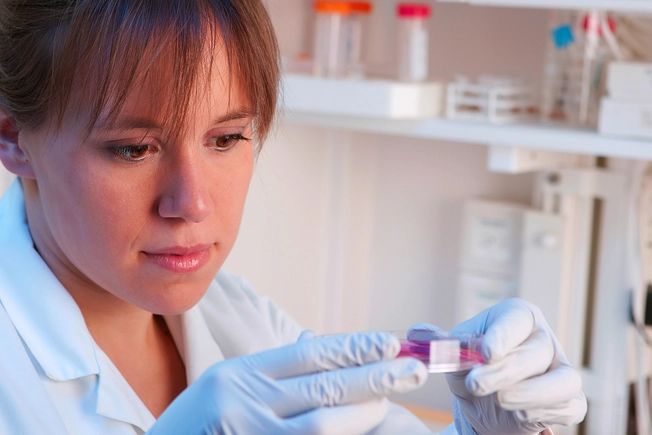
Types of Immunotherapy
Immune checkpoint inhibitors are drugs that take the brakes off your immune system to help it find and attack cancer cells.
Cancer vaccines start an immune response against cancer cells so your body can better attack them. They can also prevent certain cancers.
Monoclonal antibodies are drugs made in a lab to work like your natural antibodies. They mark cancer cells as the ones your immune system should attack. They can also help chemotherapy and radiation go directly to cancer cells.
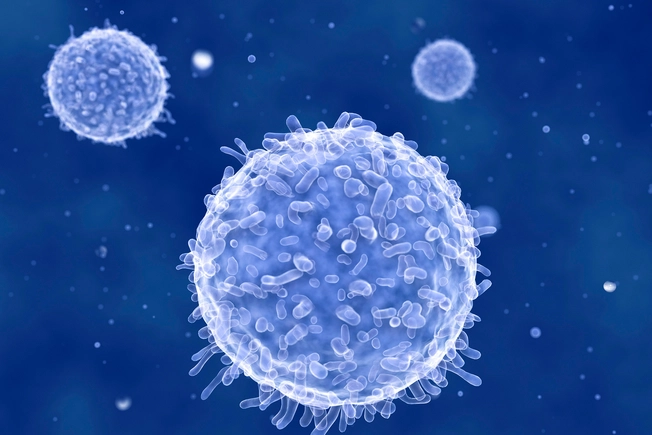
Adoptive Cell Transfer (ACT)
This is another type of immunotherapy, but it also involves gene therapy. Doctors take immune cells from your blood and add genes to change them so they can better spot and kill cancer cells. Then they grow lots of these cells in a lab and put them back into your body. So far, the only kind of ACT approved by the FDA is called CAR T-cell therapy.